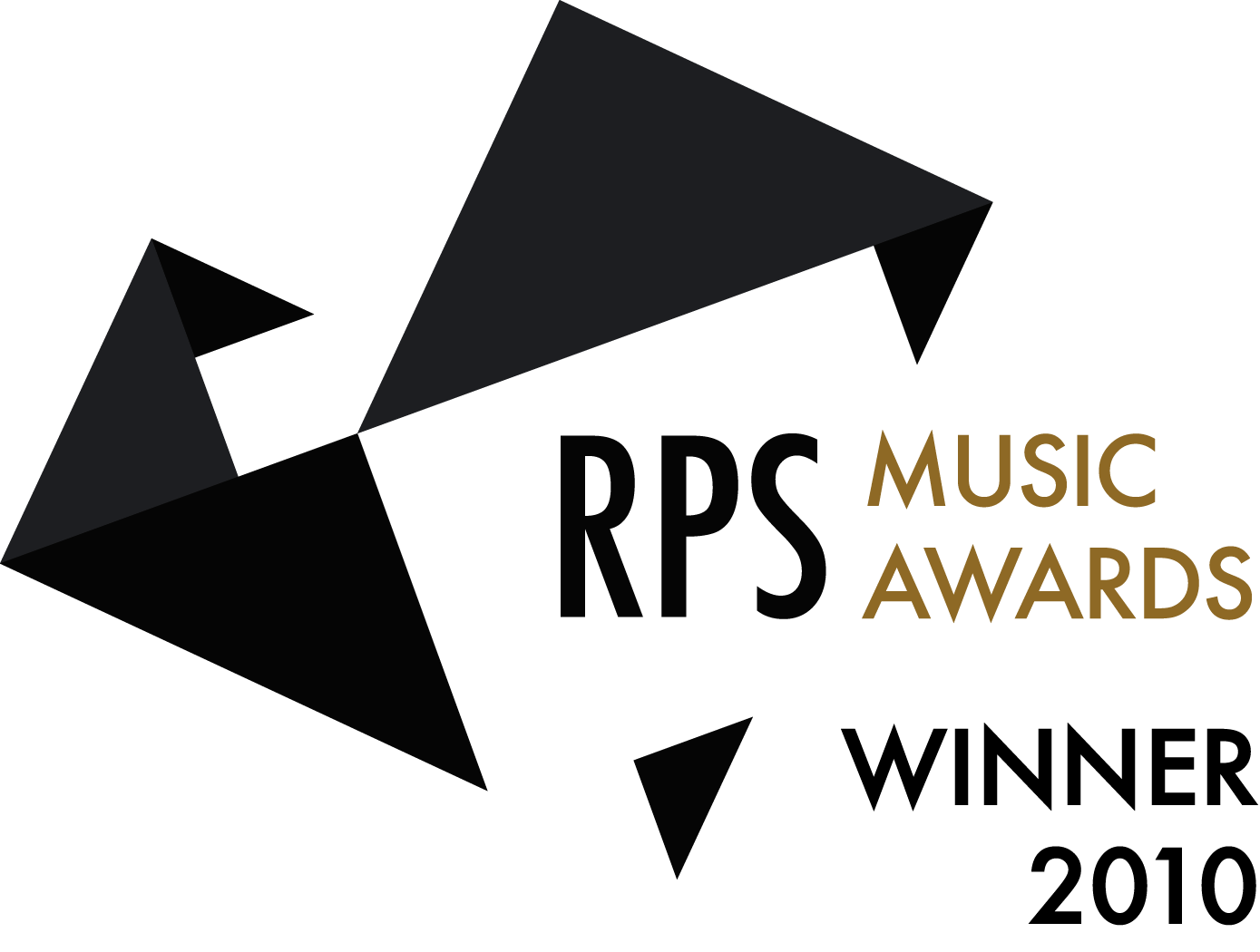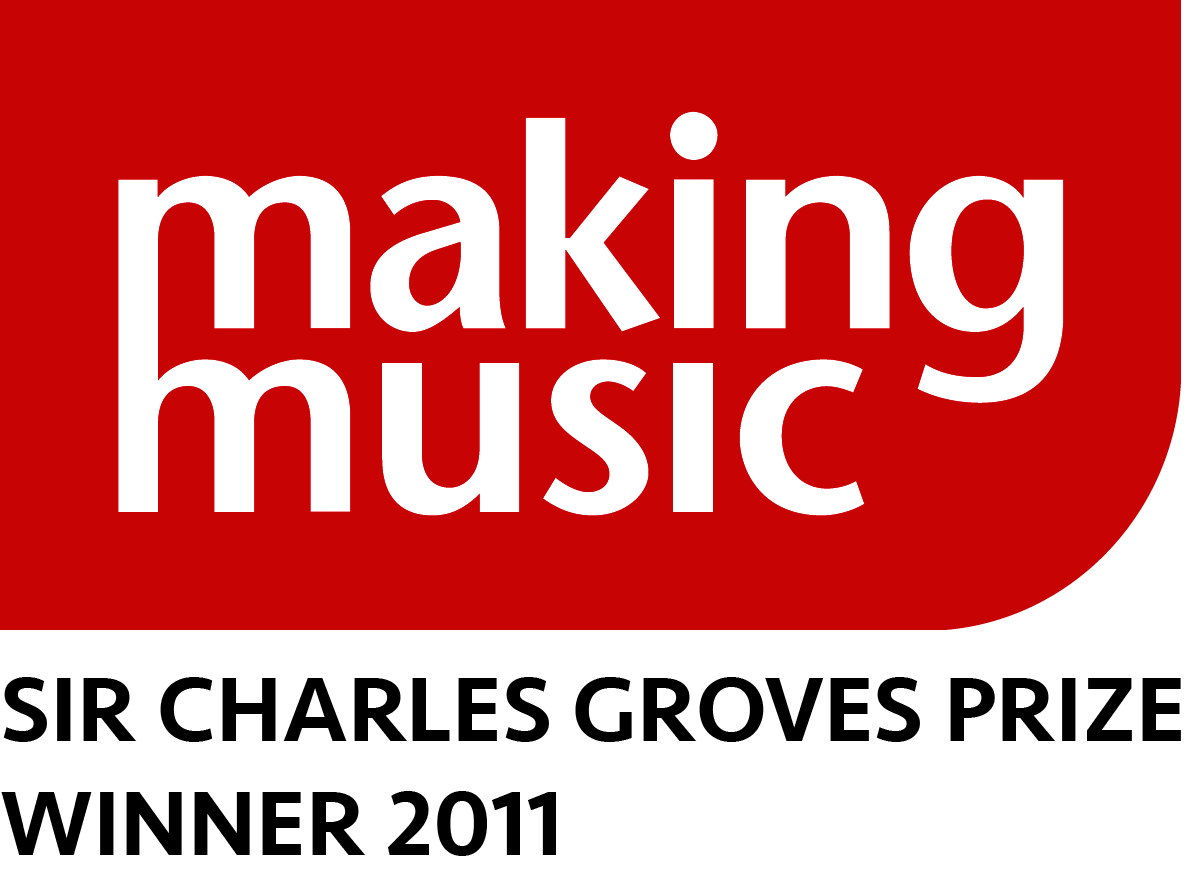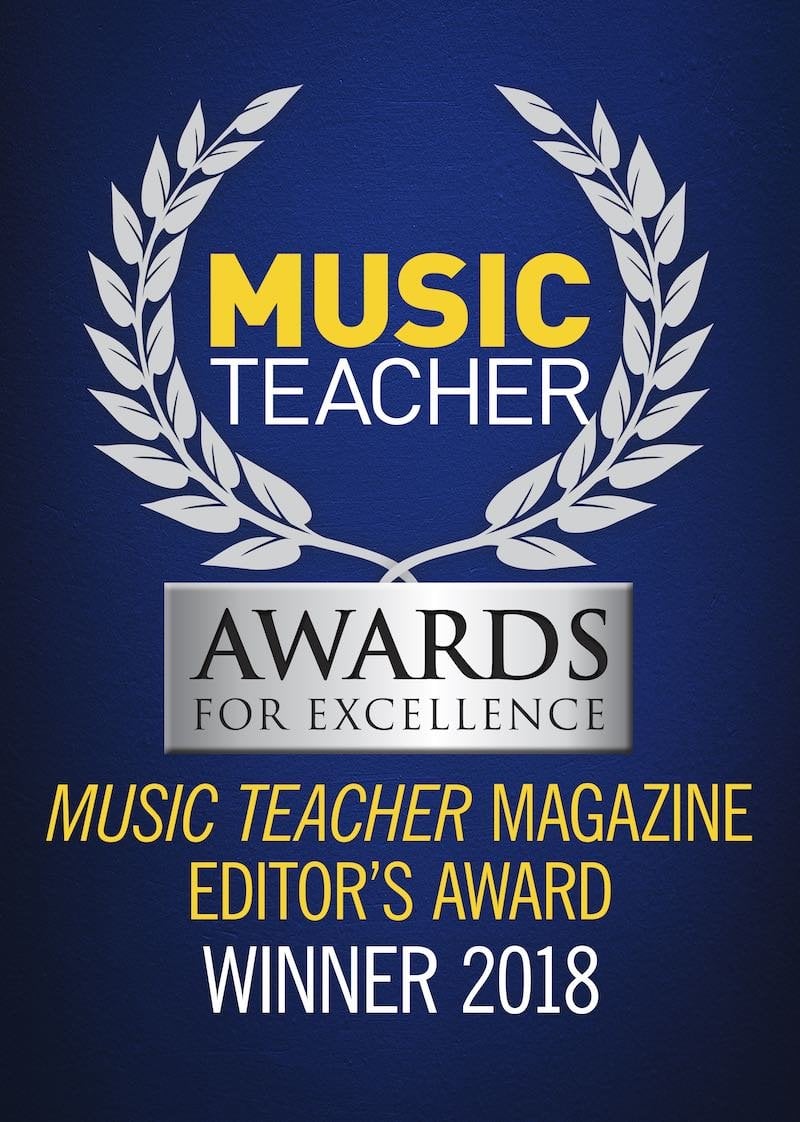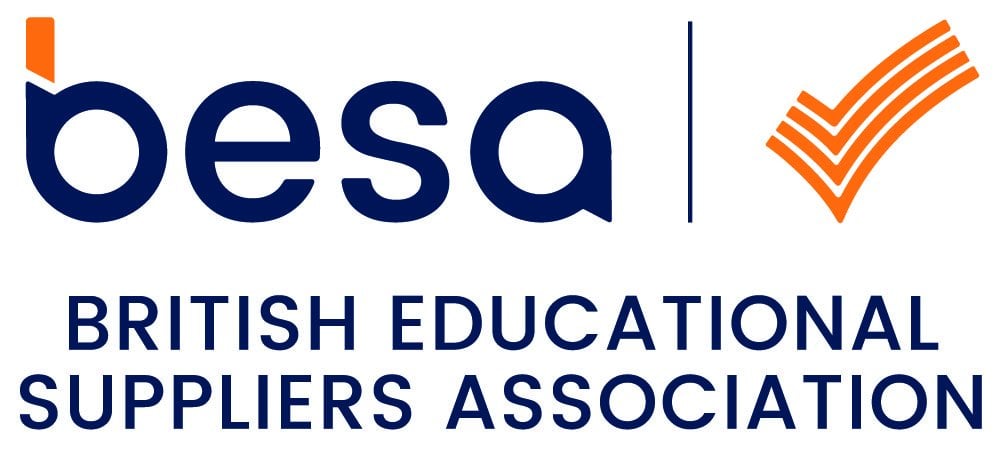Know your textures
Homophonic, polyphonic and monophonic
Ain't gonna let nobody | Lyrics
Wow your audience with this hip-hop inspired arrangement of a traditional spiritual.
Eye of the tiger | Lyrics
A roaring anthem on the theme of resilience from the rock ‘hall of fame’.
Laudate Deum | Lyrics
A spirited baroque canon by Henry Purcell
Rise | Lyrics
A super catchy and motivating song about self-belief and perseverance
Activity ideas based around the songs
The aim of these activities is to:
- Sing with good tuning and tone
- Sing a range of songs with different textures and experience singing both melody and harmony
- Compose or arrange a short piece of music with different textures in it – these could be for voices or instruments or a combination.
- Develop your understanding and knowledge of a range of textures such as monophonic, homophonic, polyphonic and imitative (including round/canon) and recognise them in pieces of music.
Listen:
Sing Up has a range of songs that introduce the textures: monophonic, polyphonic and homophonic. These songs (available to Members) introduce the textures both in the lyrics but also in how the music is written.
Monophonic has one melodic line and no harmony. It could be sung by one voice or lots of voices in unison
Homophonic has one clear melody while everything else fills in the chords, harmony, rhythm
Polyphonic has more than one melody happening at the same time
Sing:
Your next task is to work your way through learning to sing songs with different textures. Musical texture is best experienced through singing and playing music. Here are some suggestions to sing:
Songs in unison e.g. Rise, Eye of the tiger
Songs that are in a round e.g. Laudate Deum
Songs in parts e.g. Ain't gonna let nobody
Listening and appraising:
Now you’ve sung different types of songs think about the textures they each had. Listen to a variety of songs and music and see if you can find examples of:
Music where:
- There is only one melody, nothing else
- A song that starts monophonic (one melody) but becomes polyphonic (several melodies)
- A song that is in parts but the parts are homophonic (in harmony, moving together)
- A song with only one melody but the melody is used in multiple voices creating a polyphonic texture
- A song that is polyphonic with multiple melodies
- A song with only one melody (unison)
- A song where parts imitate each other
- A song that has all three textures
Compose/ Arrange
Compose or arrange a short piece of music for two or three voices or instrument parts. Try and include an example that is monophonic, homophonic and polyphonic. Some ideas to get you started:
- Take the chorus of a song you really like and learn to sing/ play it or write your own short melody (it needn’t have words). This is an exercise so start with a small amount of musical material.
- Record your melody three times. This is your reference point.
- Next write a harmony that fits with your melody. Try and do this by ear. This creates a homophonic texture. Remember the melody is the most important so this should complement it. Record it or write it down in some way that you sing from.
- Invent a new melody that fits with your first melody reference and record it in some way.
- Practise playing the melody, the harmony and the new melody. Once you’ve rehearsed it play it live with your reference recording – record it.
Lots of singers are on Tik Tok creating arrangements collaboratively. Pick a tune and sing it. Send it to a friend and ask them to add a harmony. You could do this multiple times. Give it a go. Check out this version of Viva la Vida https://vm.tiktok.com/WxNhc1/
Or download a trial version of the Acapella App and create your own vocal arrangement video.







